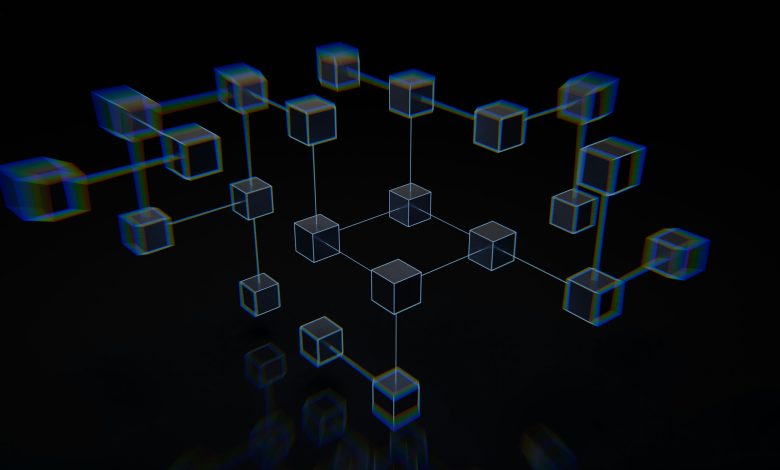
The union of AI and cybersecurity represents one of the technology industry’s most meaningful developments in decades. Following years of high-profile incidents and breaches, but AI is emerging as a promising solution to keep pace with evolving challenges.
AI isn’t replacing the old playbook; it’s building on traditional security approaches by adding innovative features to help organizations detect, analyze and respond to risks in real time. AI’s threat-detection capabilities are now essentially reshaping network security, especially across complex, hybrid environments.
Managing Complex Hybrid Cloud Environments
To navigate the evolving complexities associated with security management, many businesses have embraced hybrid networks, which encompass both cloud-based and on-site infrastructure. This structure streamlines their efforts and resources so IT leaders can oversee security, policies and processes across cloud and data center environments. The hybrid model’s flexibility and usefulness in facilitating the flow of information, especially for global companies, will likely contribute to its growth.
Nearly 90% of organizations are using different tools and policies to secure various parts of their infrastructure, making it nearly impossible to maintain overarching consistency and control. The thought is particularly unnerving considering cloud environment intrusions increased by 75% over the past year — and over half of companies don’t have a documented incident-response plan in place.
Relying on fragmented systems creates operational hassles and cybersecurity liabilities. When IT teams manage disparate platforms across cloud and data center environments, they may inadvertently create blind spots that threat actors will exploit. In the past two years, 43% of organizations have experienced an attack on their public cloud infrastructure, making it clear that intelligent protection is urgently needed. Implementing it means acting quickly to develop a strategy and identify the most effective technology.
AI-Powered Application Connectivity Solutions Provide Bird’s Eye Network View
AI-powered application connectivity solutions are providing IT teams with a new understanding of their networks. Using advanced machine learning algorithms, the tools can improve ecosystem visibility by automatically discovering and mapping all business applications across hybrid networks, including connectivity patterns, network zones, risks and vulnerabilities. The approach outpaces traditional network scanning by “listening” to network traffic and associating connectivity flows with specific applications to provide an application-centric view that simplifies the underlying technical complexity.
To further streamline operations and speed up the delivery of secure applications and services, even as system and business requirements change, AI-powered analyzers automate and enhance data analysis processes. They help detect issues early, prevent network outages and ensure security and compliance policies are consistently applied across the enterprise. As part of a broader cybersecurity and IT operations strategy, AI enhanced visibility and control allow teams to reduce risk while keeping operations safe and stable.
A Proactive Defense is as Important as a Quick Reaction
AI-powered connectivity solutions anticipate future vulnerabilities, enabling security teams to move seamlessly from reactive to proactive stances. This agility is particularly appealing to hybrid system users since conventional solutions often work for either on-site or cloud architectures but struggle to protect both. With predictive risk assessment and mitigation, AI-driven analytics can evaluate how network changes might affect security policies, forecast potential attack vectors and flag weaknesses. By analyzing historical patterns and network behavior, AI uncovers anomalies that traditional tools and human analysts often miss.
This is proving to be more of a challenge as cybercriminals themselves increasingly turn to AI to develop fast-moving, sophisticated attacks. Organizations that overlook the value of AI are essentially fighting with outdated tools while their opponents wield innovative advancements.
Over 90% of organizations expect to increase cybersecurity funding over the next year, but earmarking more money for protection only works if it’s being spent on the right resources. Organizations that promptly recognize the significance and help to push the transition forward will reap the benefits of improved security postures sooner rather than later. More than likely, they’ll also enjoy the kind of operational productivity and resilience that leads to sustainable competitive advantages.

